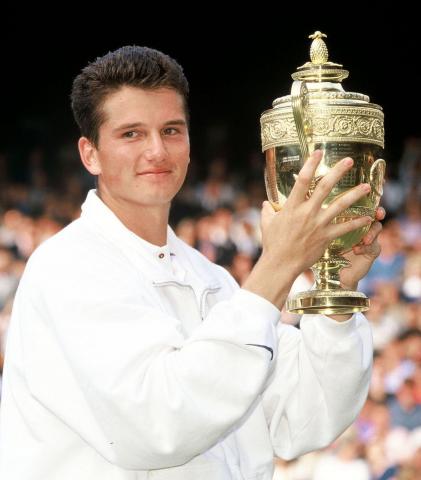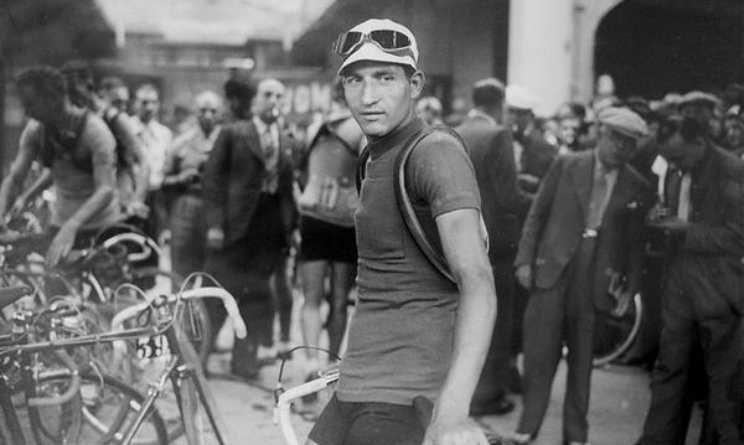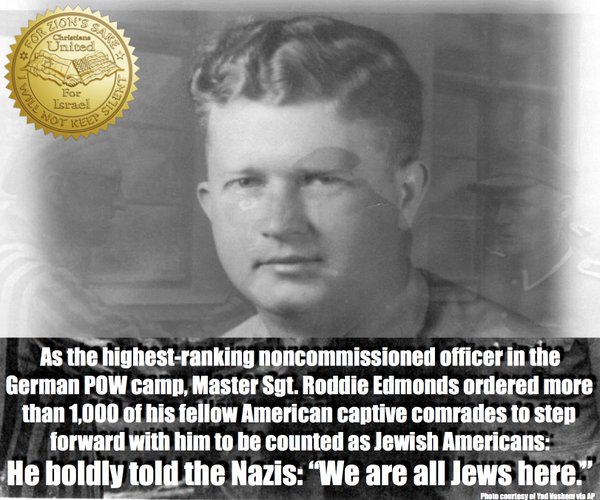
Gino Bartali won the Giro d’Italia 3 times, in 1936,1937 and 1946. He also won de Tour de France twice, the first time in 1938 and again in 1948. This alone would make him a sporting hero. Especially his 2nd Giro d’Italia win, when his younger brother, Giulio, died in a racing accident on 14 June.1936 Gino came close to giving up cycling.
I could fill the blog will all his efforts as a cyclist, but he also a Hero for a completely different reason. In facts, with these heroic acts he risked his life every time.
Gino Bartali was born on July 18, 1914, in Ponte a Ema, a small village south of Florence, Italy. His father, Torello, was a day laborer. His mother helped support the family by working in the fields and embroidering lace. Gino had two older sisters, Anita and Natalina, and a younger brother, Giulio, who shared his passion for cycling and racing. Gino began to work at a young age, laboring on a farm and helping his mother with embroidery work.
Bartali was a devout Catholic. The summer of 1943 was a turning point for Italy. Mussolini was overthrown in July. In September, the new government signed an armistice with the Allies. Germany invaded the northern regions of the country, including Tuscany. With the German occupation, conditions for the Jewish population grew much worse.
Also in September 1943, Italian Cardinal Elia Dalla Costa asked to meet Bartali. Dalla Costa had been secretly aiding thousands of Jews seeking refuge from other European countries. The fugitives needed falsified identity cards. Dalla Costa shared his plan with Bartali. Under the cover of his long training rides, Bartali could carry counterfeit documents and photos in the hollow frame of his bike. The plan was a nearly perfect one as Bartali knew those roads well and his need to train provided an ideal alibi.
Under the pretense of training, Bartali would set off from his hometown of Florence with life-saving, counterfeit documents hidden away in his handlebars.

These fake identity documents would be used to help Jews escape across the border, or at least help hide their Jewish ethnicity if they were ever stopped and questioned. He would often ride as far as Assisi (over 100 miles one way), where many Jews were being hidden in Franciscan convents.
By taking on this role, he put himself at huge risk. At one point he was arrested and questioned by the head of the Fascist secret police in Florence, where he lived.
The Goldenberg family had met Gino Bartali in 1941 in Fiesole. Shlomo Goldenberg-Paz, who was 9 years old at the time, told Yad Vashem that he remembered a meeting with Bartali and his relative Armando Sizzi, who was a close family friend. The two sat with Shlomo’s father and had “a discussion of adults”. He remembered the event well because the renowned cyclist had given him a bicycle and a photo with a dedication, which Goldbenberg-Paz has always kept. In 1941 the conversation with Bartali could not have dealt with illegal papers, but meeting his childhood hero became engraved in Goldenberg’s memory.
When later on, following the German occupation in 1943, the Goldenbergs went into hiding, Shlomo was first sent to a convent, but then joined his parents who were hiding in an apartment in Florence belonging to Bartali. Gino Bartali helped and supported them. Goldenberg’s cousin, Aurelio Klein also fled to Florence because he had heard that one could obtain forged papers. He stayed in the apartment with the Goldenberg family for a short while, and then fled to Switzerland with the help of forged documents. Klein told Yad Vashem that Shlomo Goldenberg’s mother had received forged papers from Bartali, and that she was the only one in the family who dared set foot outside the apartment and go shopping.
For many years after the war, Bartali did not speak about his role in saving hundreds of people, sharing just a few details with his son Andrea. It was only after his death in 2000, that Bartali’s rescue activities came to light. In 2013, Yad Vashem recognized Gino Bartali with the honor of Righteous Among the Nations.
On July 7, 2013 Yad Vashem recognized Gino Bartali as Righteous Among the Nations.
He had everything to lose. His story is one of the most dramatic examples during World War Two of an Italian willing to risk his own life to save the lives of strangers. We can do with a few heroes like Gino nowadays.
sources
https://encyclopedia.ushmm.org/content/en/article/gino-bartali
https://www.bbc.com/news/magazine-27333310
https://www.yadvashem.org/yv/en/exhibitions/righteous-sportsmen/bartali.asp
https://www.bicycling.com/news/a27483888/cycling-school-gino-bartali/

Donation
I am passionate about my site and I know you all like reading my blogs. I have been doing this at no cost and will continue to do so. All I ask is for a voluntary donation of $2, however if you are not in a position to do so I can fully understand, maybe next time then. Thank you. To donate click on the credit/debit card icon of the card you will use. If you want to donate more then $2 just add a higher number in the box left from the PayPal link. Many thanks.
$2.00





















You must be logged in to post a comment.